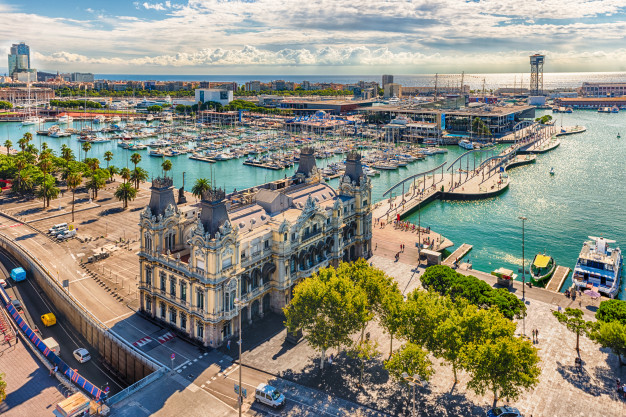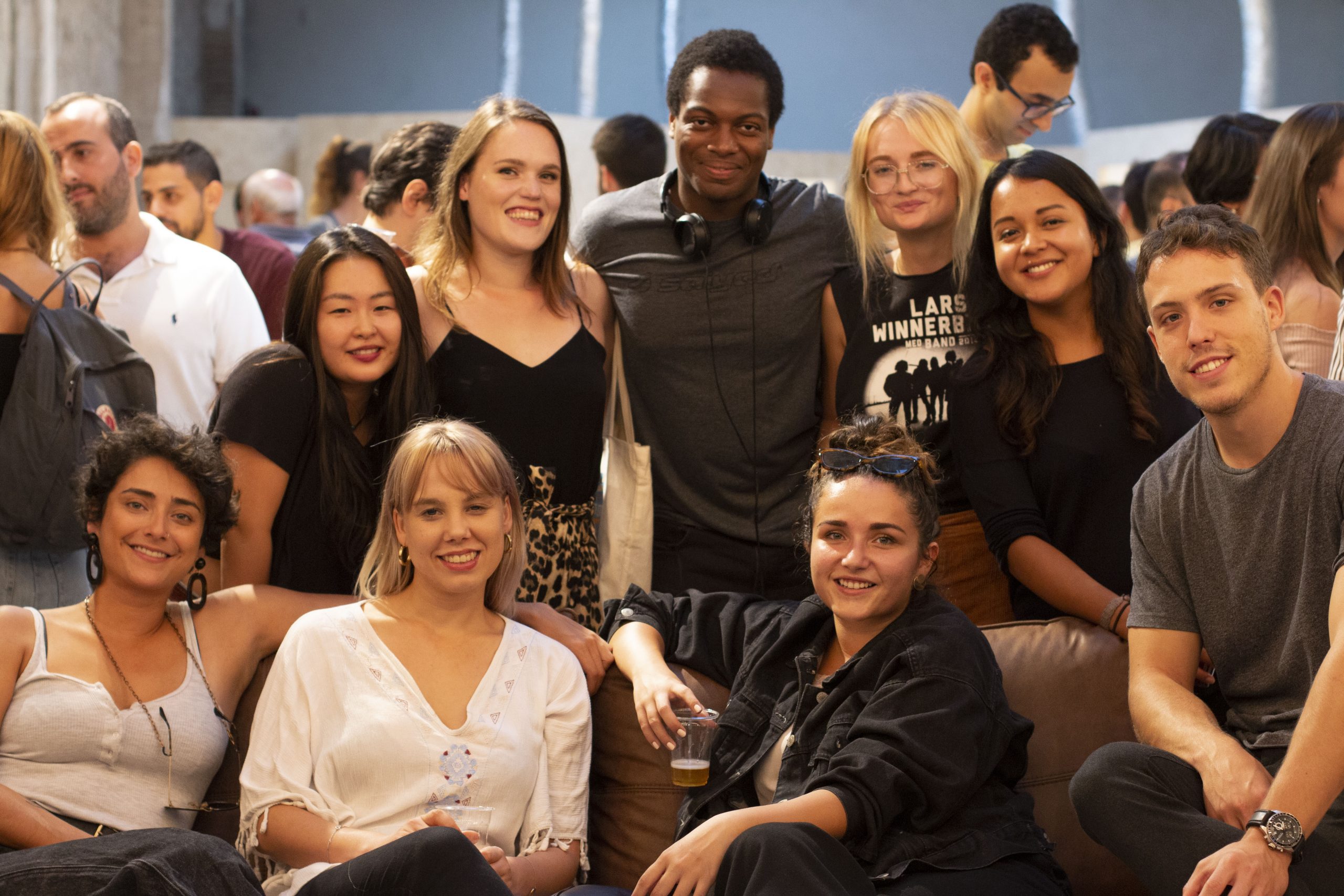Payflow levanta una ronda de €1,6 millones y se une al portfolio de Itnig
En el episodio #150 del podcast de Itnig, Jordi Romero, CEO de Factorial y socio en Itnig, entrevista a Benoit Menardo y Avinash Sukhwani, cofundadores de Payflow, una de las últimas startups en la que Itnig ha invertido a través del Itnig Fund.


